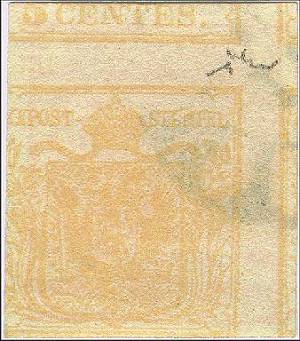 |
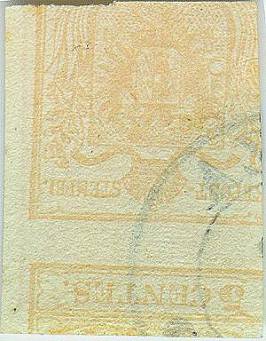 |
|
|
Fig. 1: back printing straight |
Fig. 2: back printing upside-down |
This stamp is well known by the Lombardy-Venetia collectors and for quite a
long time its origin was not well known. Today the common believe is that
a stock of sheets of 5 centesimi happened to be printed in such a light way
that it was not possible to put it in the market (somebody suggested that
they may have been even trial sheets, reused).
To avoid the destruction of these several sheets of paper, new stamps were
printed on the other side of the paper paying attention to avoid that the
stamp on the front was not coincident with the stamp on the back to avoid double
and fraudulent utilization. Another theory, now dropped, was pushing the idea
that the sheets have been reprinted because in the first printing there were
samples in tete-beche; yet, because until now only two parts have been found
with this variety it's correct to think that such pieces are in so limited
number that it is not justifiable to reprint for that reason so many entire
sheets.
This
stamp do exist with back stamp straight (Fig. 1), upside-down (Fig.
2), with at the back part of the stamp and part of S. Andrea's Cross (Fig.
3), with on the back only part of the Cross (Fig. 4), with on back
only part of stamp and an empty space (only one sample known - Fig. 5),
with on the back only the horizontal inter-spacing (only one sample known
- Fig. 6) and with on the back the tete-beche (two parts known - Fig.
7).
The same variety is present on some samples of the first Austrian issue (1,
3 and 9 Kreuzer).
NOTE: the 4-5-6-7 images are low quality because taken from catalogues.
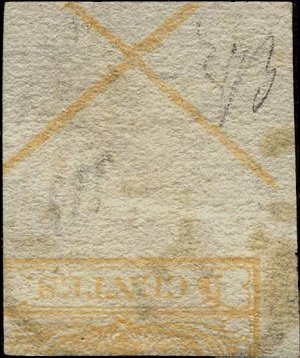
Fig. 3: parts of Cross and
drawing

Fig. 4: only
parts of Cross
(from "Catalogo Vaccari" ed. 2000/01)
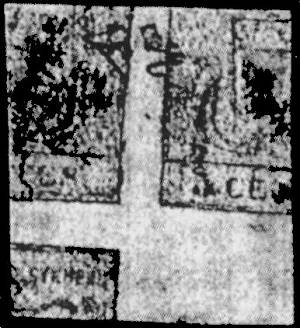
Fig. 5: an
empty space
(from "Catalogo Sassone Specializzato" ed. 2001)
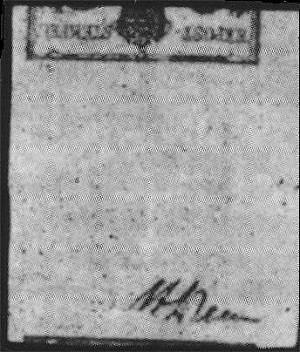
Fig. 6: horizontal
inter-space
(from"Catalogo Sassone Specializzato" ed. 2001)
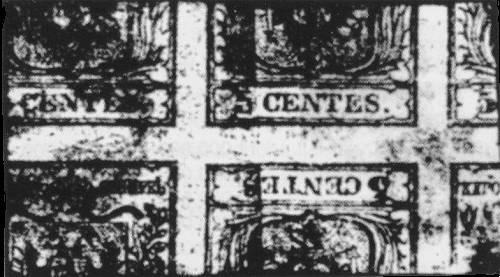
Fig. 7: tete-beche
(from "Catalogo Sassone Specializzato" ed. 2001)